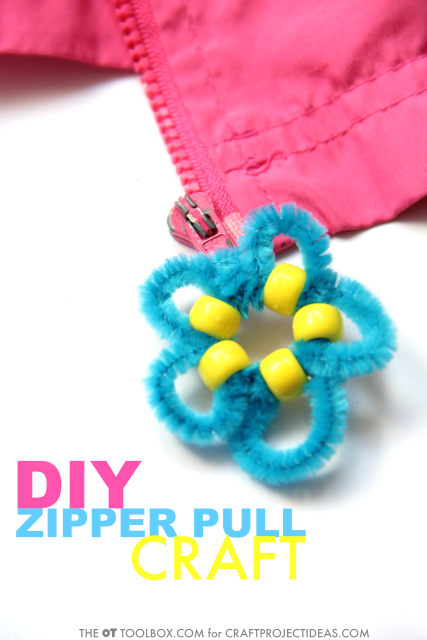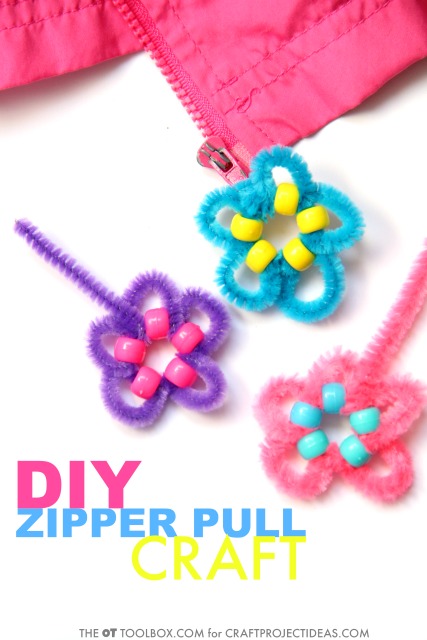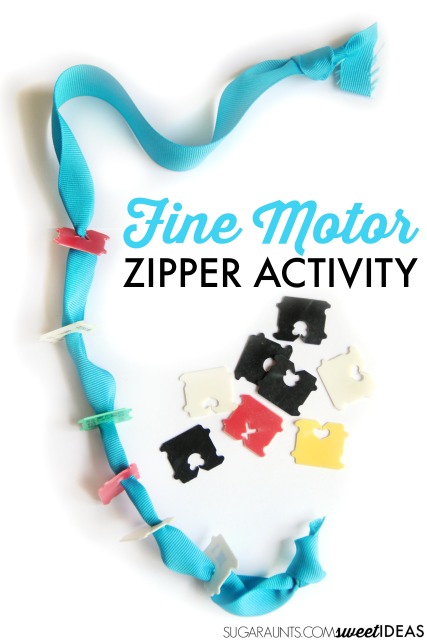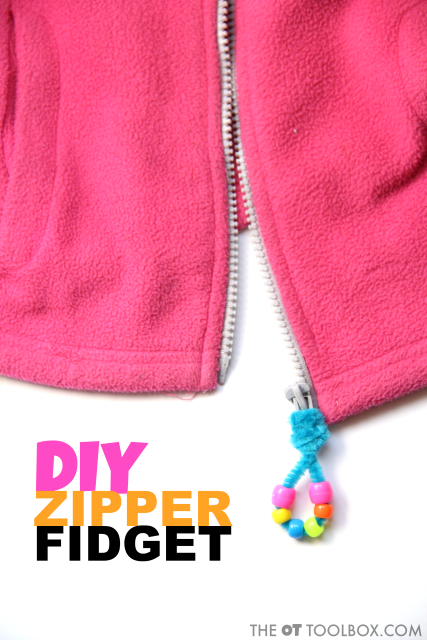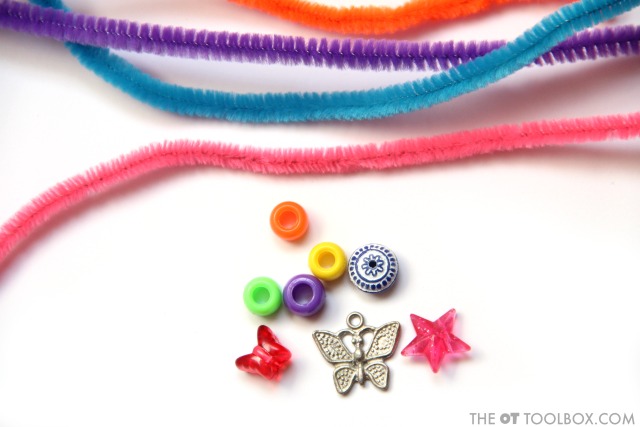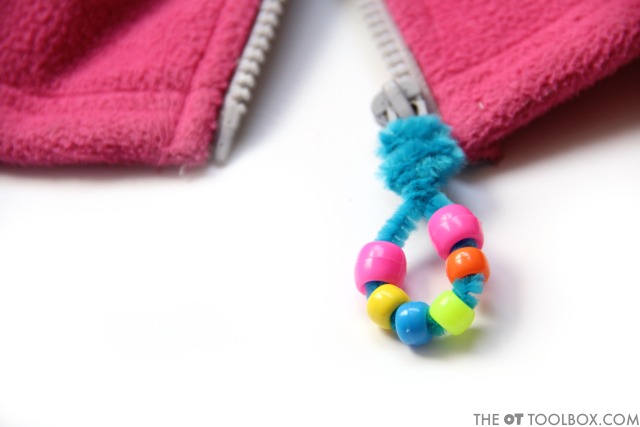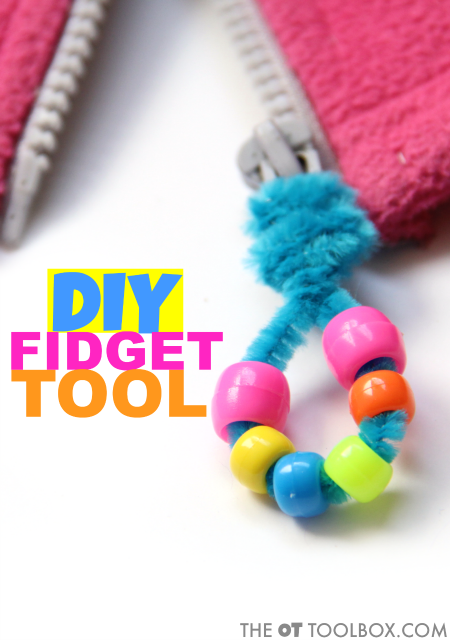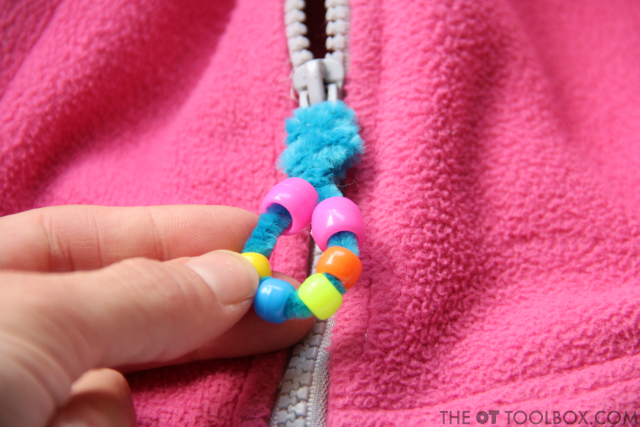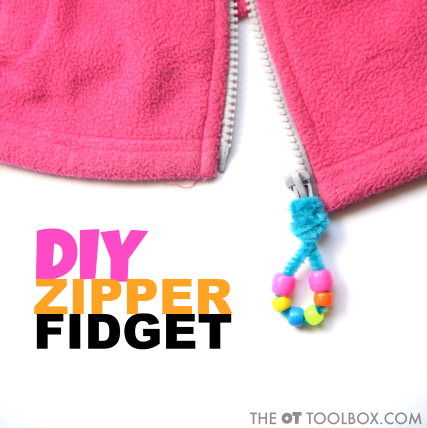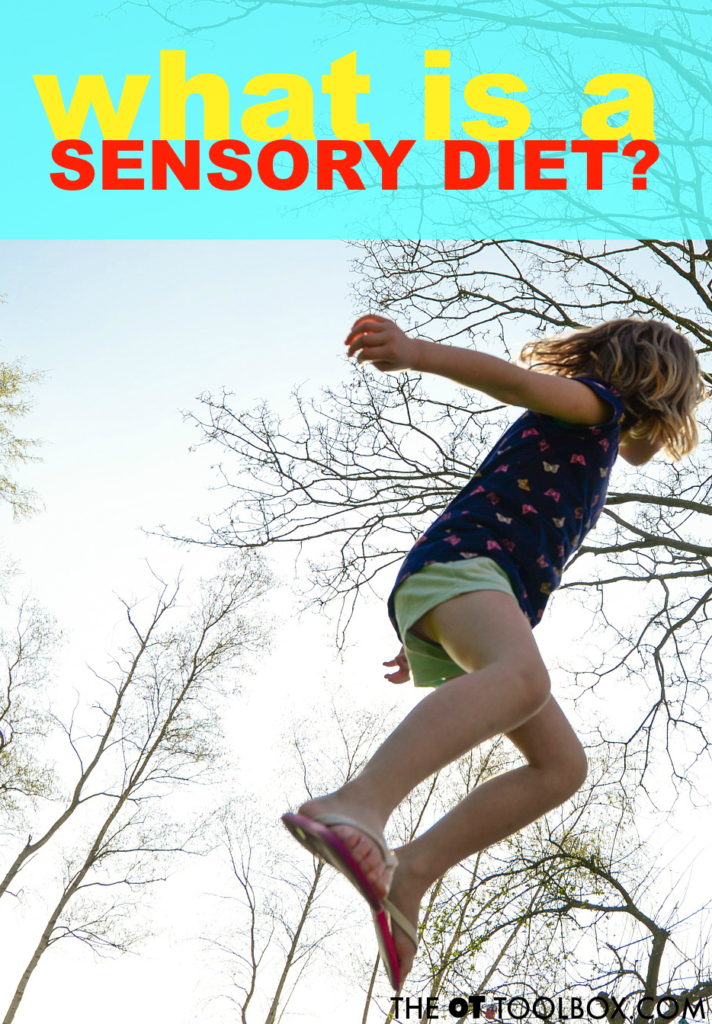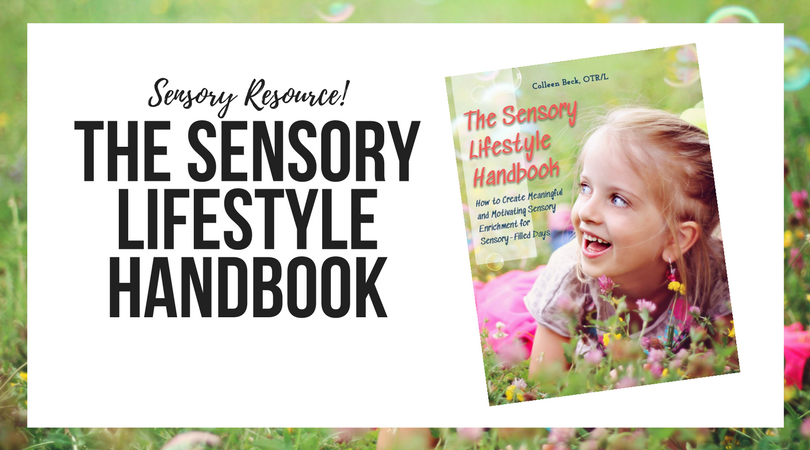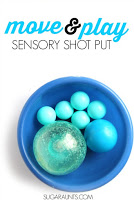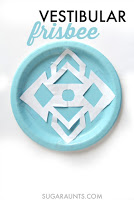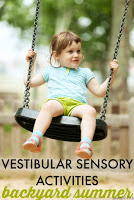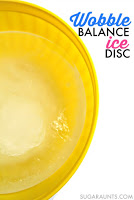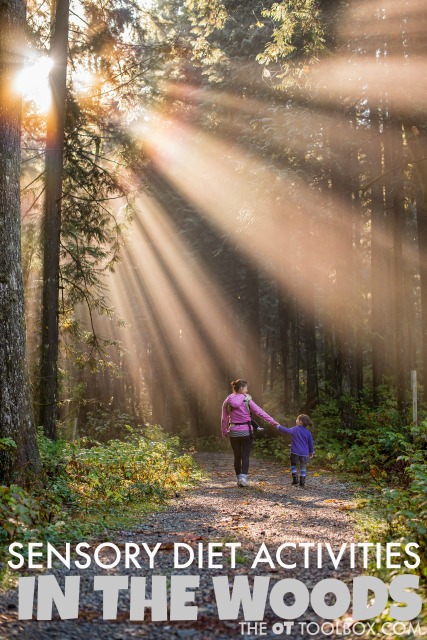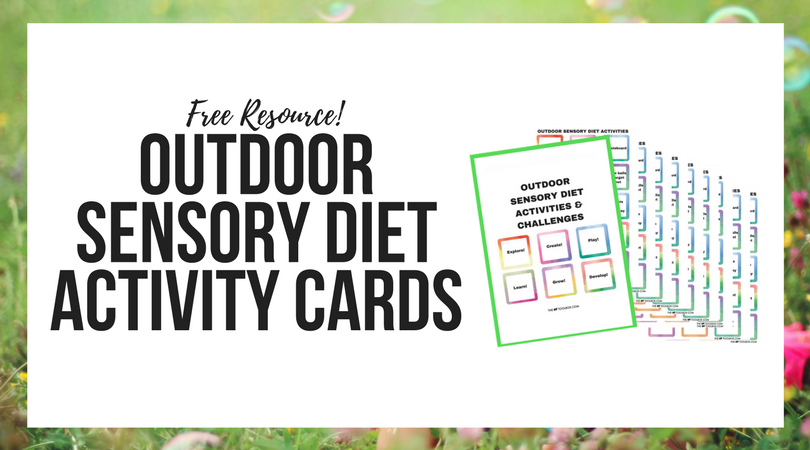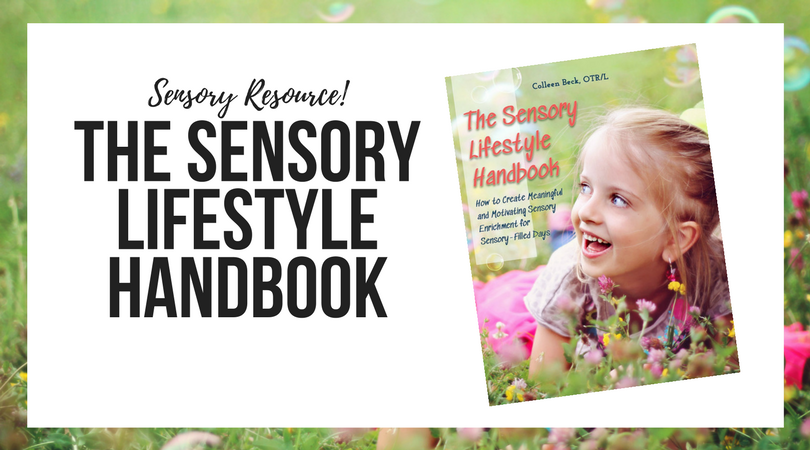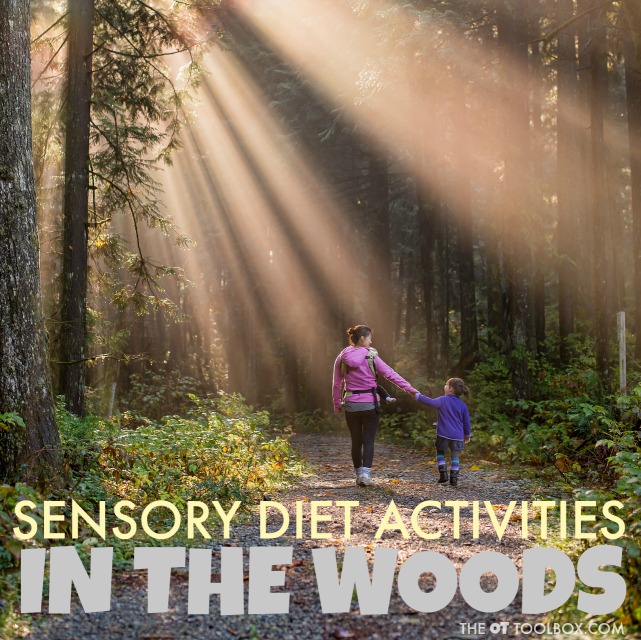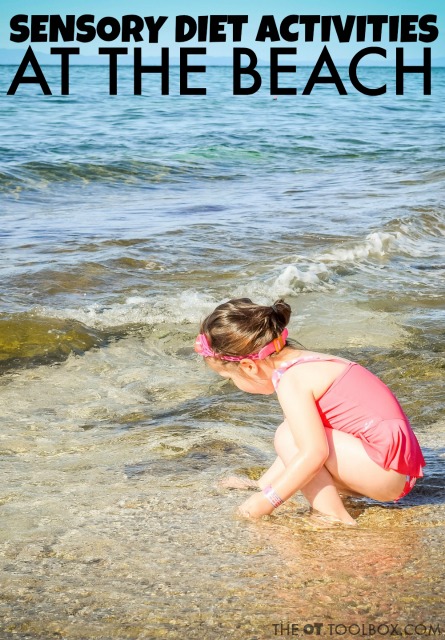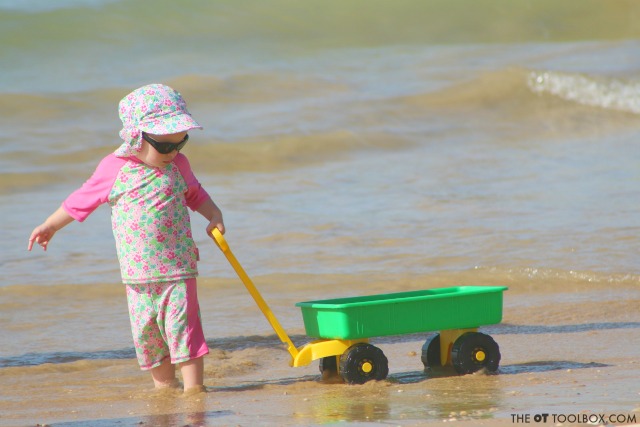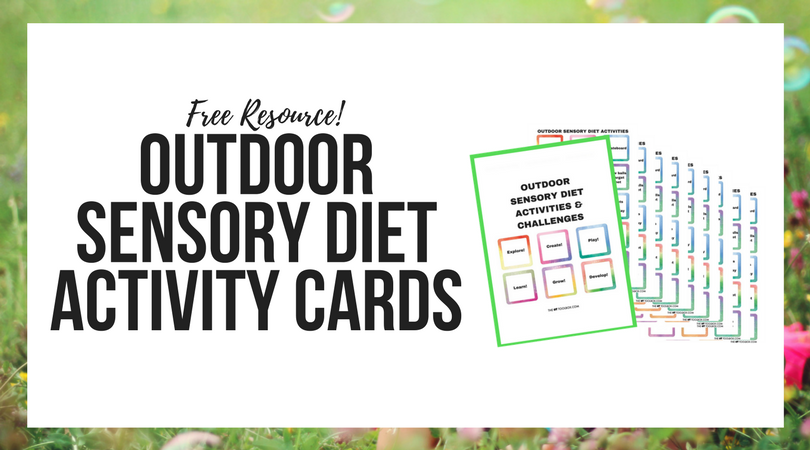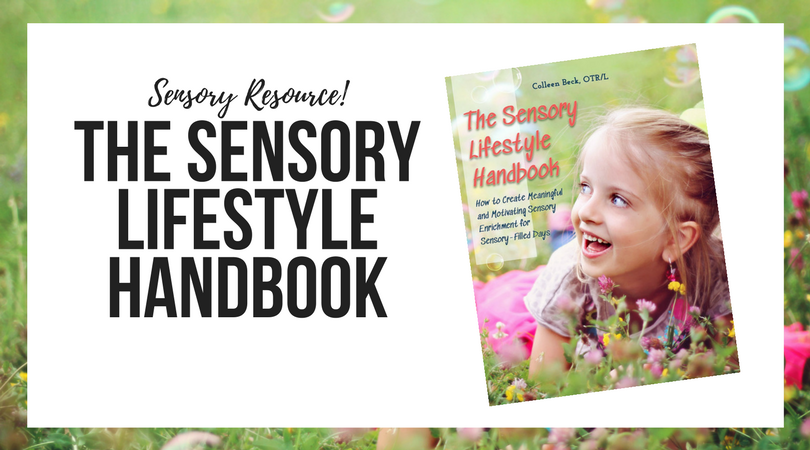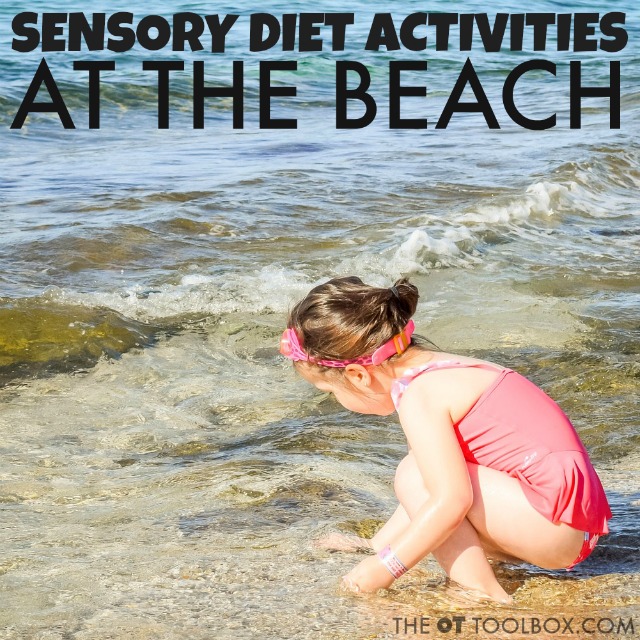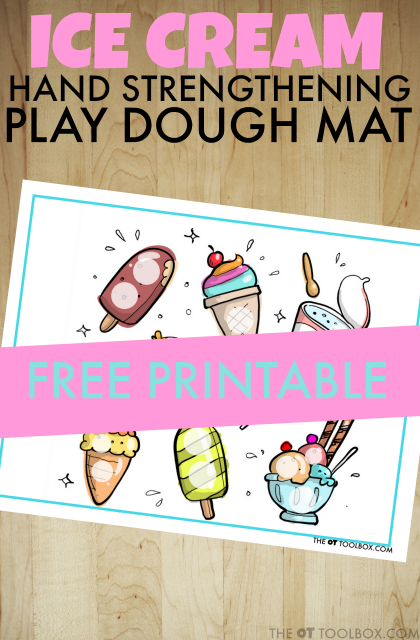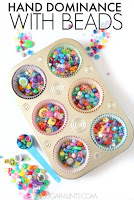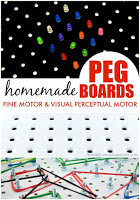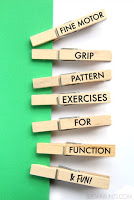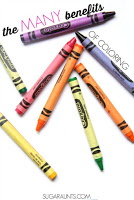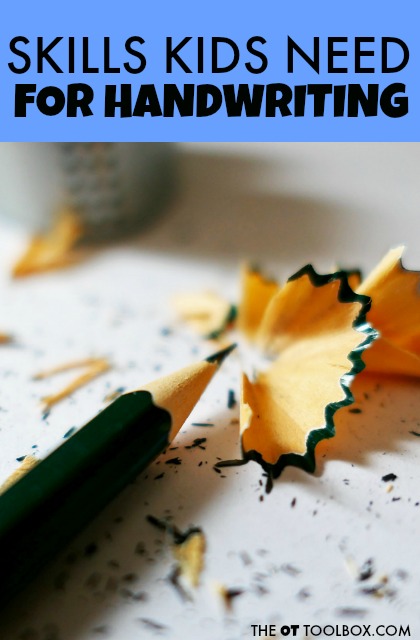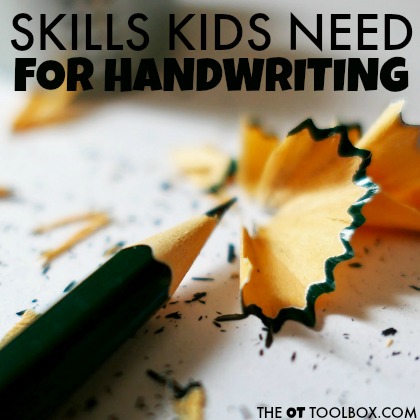Many times, parents are told that their child with sensory needs would benefit from a sensory diet. Most of the time, they respond with “what is a sensory diet?!” In this article, we’ll be talking a bit about what a sensory diet is and how it can be beneficial to kids with sensory needs. You may have seen some of our recent posts here on The OT Toolbox about Sensory diet activities for the classroom or sensory diet activities for outdoors that may give you a better understanding of some of the sensory activities that can be used within a sensory diet.
A sensory diet is not just for kids! A sensory diet for adults is just as powerful in supporting regulation needs for individuals of all ages.
Wondering what a sensory diet actually is? Check out this video we’ve shared on Facebook. Sound familiar?
What is a sensory diet?
Often times, when you mention the term “sensory diet”, individuals respond with a comment about food or a eating healthier. A sensory diet has nothing to do with food or restricting foods, or eating healthier!
A sensory diet can be described this way:
A sensory diet is a set of activities that make up a sensory strategy and are appropriate for an individual’s needs. These are specific and
individualized activities that are scheduled into a child’s day and are used to assist with regulation of activity levels, attention, and adaptive
responses.
Sensory diet activities are prescribed based on the individual’s specific sensory needs.
Just as there are no two people that are alike, there are no two sensory diets that are alike.
Sensory diets are a commonly known strategy for addressing sensory needs. We’ve seen sensory diets implemented in sensory spaces in the school environment. Read our blog posts about creating a sensory diet on a budget and calm down corners for more information.
The term “sensory diet” was coined by Patricia Wilbarger in 1984 to
explain how certain sensory experiences can improve occupational performance and help to remediate disruption of the sensory processing systems.
A sensory diet is a means to adjust sensory input in relation to an individual’s needs. A sensory diet is a meaningful set of strategies for developing sensory programs that are practical, carefully
scheduled, and controlled in order to affect functioning.
Sensory diet activities provide appropriate sensory input based on the needs of an individual.
Just as a healthy diet consists of a variety of foods, a sensory diet is a balanced set of sensory information that allows an individual to function. A person cannot survive on broccoli alone.
Similarly, a child cannot function with only one type of sensory
activities.
Sensory diets are not just for kids with identified sensory issues. We all
need a diet of sensory input. Most people naturally participate in conscious or subconscious acts that meet their specific needs.
Think about the student who taps their pen against the desk while struggling on an exam. That’s a sensory strategy.
You might pace the floor while on the phone with your child’s pediatrician. That’s a sensory strategy.
You might see a teenager who jiggles her leg while watching a movie. That’s a sensory strategy.
We all have a big yawn every once in a while. That’s a sensory strategy.
Our bodies and minds instinctively know that varying sensory input allows us to function appropriately. Neurotypical children naturally seek out a variety of proprioceptive, vestibular, and tactile sensory input. As a result, they are able to accept and regulate other sensory input such as a seam in their shirt, a lawnmower running outside their classroom, or the scent of chicken cooking in the kitchen.
Some individuals lack the ability or support to perform these sensory strategies without interventions.
We’ve talked about the goals of a sensory diet before here on The OT Toolbox. The goals of a sensory diet are very important.
Equally important is the development of sensory diets. A sensory diet needs to be specific with thoughtful regard to timing, frequency, intensity, and duration of sensory input.
Sensory diets should be created by an occupational therapist who evaluates the child or individual and ensures carryover, and response to sensory input.
These vestibular sensory diet activities can give you an idea of the type of activities typically found in a sensory diet…remembering that each child’s sensory diet is specific to their needs.
Why use a sensory diet?
Sensory diets can be used to address the following challenges, using specific sensory input:
- Emotional overreaction
- Meltdowns
- Aggression
- Hyper-attention
- Difficulty with transitions
- Inattention
- Sleep issues
- Impulsivity
- Sensory-seeking behaviors
- Sensory-resisting behaviors
- Resistance to textures/food/clothing
Poor social Interactions
If you are interested in learning more about sensory diets and how they can be used to create a sensory-enriched life in all aspects of a child and family’s day, you will want to watch for The Sensory Lifestyle Handbook.
Sensory diets and specific sensory input or sensory challenges are a big part of addressing sensory needs of children who struggle with sensory processing issues. Incorporating a schedule of sensory input (sensory diet) into a lifestyle of naturally occurring and meaningful activities is so very valuable for the child with sensory needs.
That’s why I’ve worked to create a book on creating an authentic and meaningful sensory lifestyle that addresses sensory needs. The book is now released as a digital e-book or softcover print book, available on Amazon.
The Sensory Lifestyle Handbook walks you through sensory diet creation, set-up, and carry through. Not only that, but the book helps you take a sensory diet and weave it into a sensory lifestyle that supports the needs of a child with sensory processing challenges and the whole family.
Here are more sensory activities that may help with sensory needs or for a sensory play idea.



